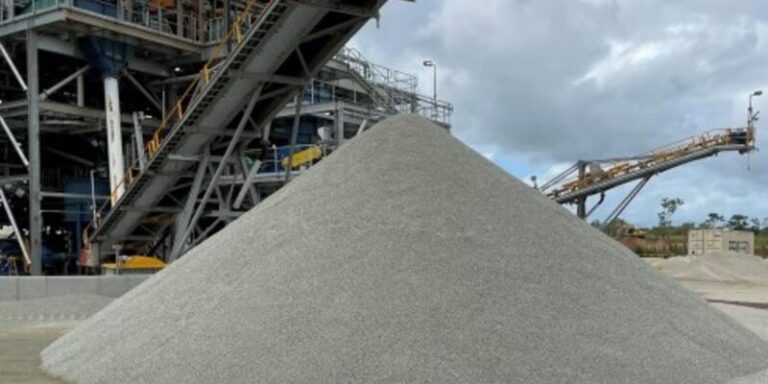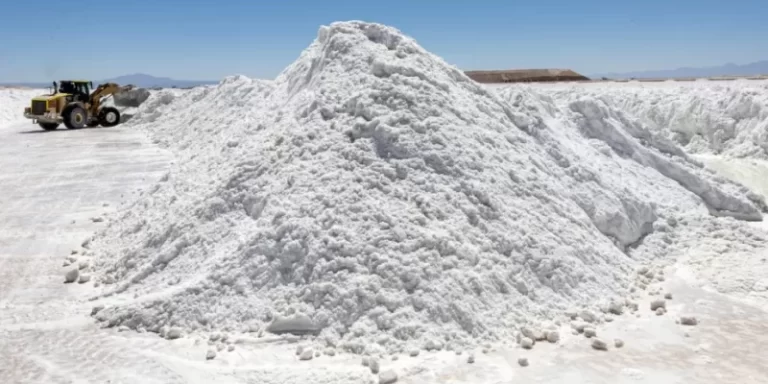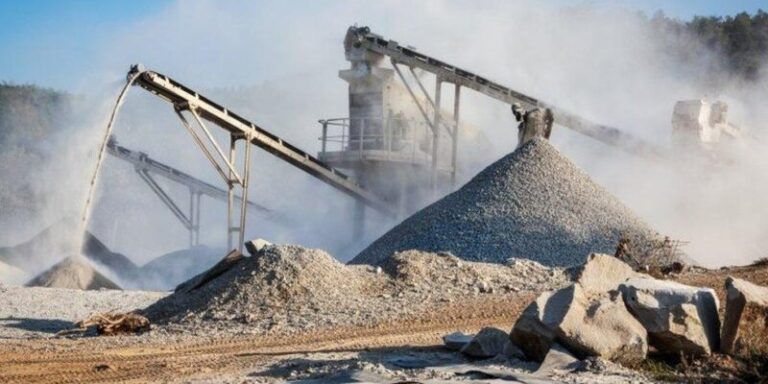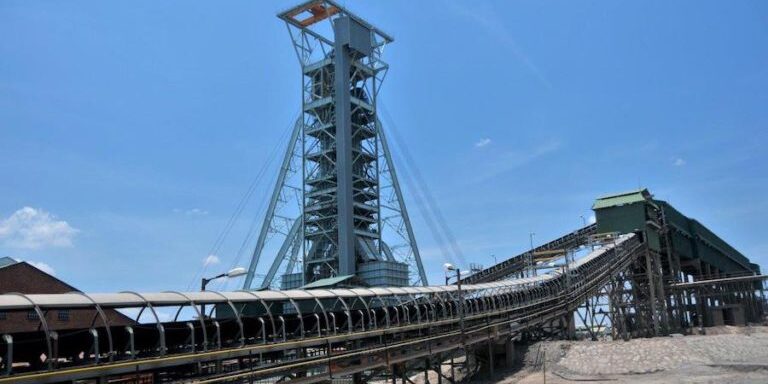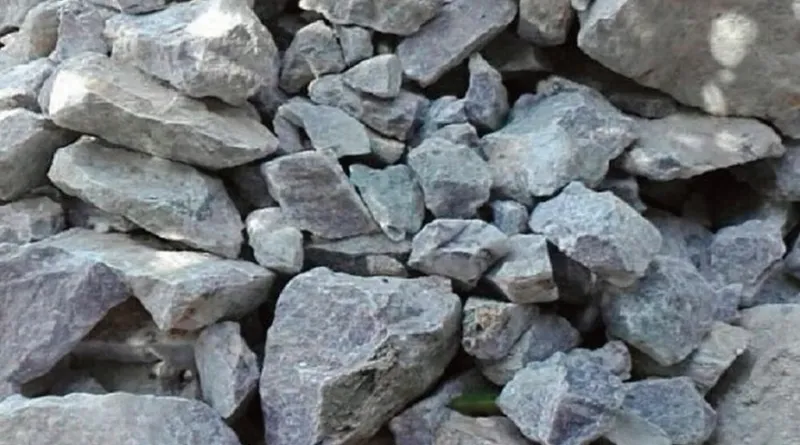
Despite a sharp drop in lithium prices, many lithium mines—predominantly led by Chinese operators—continue production, ensuring a steady supply of the critical raw material for electric vehicle (EV) batteries.
While this benefits battery manufacturers, it also raises concerns about prolonged oversupply and persistently low prices.
Some battery producers have direct stakes in mining operations or have provided financial support to keep them running, according to company reports.
Meanwhile, other mines continue operations to maintain market share, avoid technical complications from shutdowns and restarts, and uphold relationships with governments.
So far, approximately a dozen lithium producers have temporarily shut down loss-making mines, scaled back production, or delayed expansion projects.
However, many mines remain operational, contributing to a global supply surplus that could last for years, keeping prices under pressure, industry experts and analysts report.
Lithium hydroxide prices have plummeted nearly 90% from their December 2022 peak of $85/kg after experiencing a more than sevenfold increase during the prior 18 months. According to UBS, global lithium supply is expected to grow by 25% this year and another 15% by 2025.
“There are some assets in production that shouldn’t really be, but for their own reasons, they’re ploughing on,” said Martin Jackson, head of battery raw materials at consultancy CRU, estimating that about 10% of production is loss-making.
Chinese-owned lithium mines, both domestically and abroad, particularly in Australia and Africa, are unlikely to shut down despite high production costs.
Analysts highlight that China’s government views its world-leading EV and battery sector as strategically vital and seeks to secure consistent raw material supplies at low costs.
In Zimbabwe, where China has rapidly expanded its presence, the nation has become the world’s fourth-largest supplier of mined lithium within a few years.
All four operating lithium mines are majority-owned by Chinese firms, yet many operate with minimal profit or even losses.
Cameron Perks, product director of lithium at Benchmark Mineral Intelligence, noted that production costs in Zimbabwe range between $600 and $1,000 per metric ton of spodumene concentrate (SC6), while prices hover around $765 per ton. He explained:
“Chinese parent companies can absorb some costs downstream. Additionally, there’s a political strategy to secure supply chains outside of regions like Australia and Canada, where China has faced resistance.”
The highest-cost mine in Zimbabwe, Arcadia, is operated by Zhejiang Huayou Cobalt, which also produces downstream battery materials.
In Australia, lithium producers are finding ways to weather low prices through partnerships with battery makers and diversified mining operations.
Mineral Resources (MinRes) recently placed its Bald Hill mine under care and maintenance while maintaining reduced production at other mines, including Mt. Marion, which has higher costs due to lower ore grades.
Mt. Marion is jointly owned with China’s Ganfeng Lithium, which offsets costs through a mining services contract.
Liontown Resources has kept its Kathleen Valley mine operational by scaling back output during its ramp-up phase.
Despite posting an annual net loss of A$64.9 million, Liontown has received financial backing from South Korean battery manufacturer LG Energy Solution (LGES), which provided $250 million in funding in July. LGES also extended its lithium supply agreement with Liontown for an additional 10 years.
An LGES official remarked during a July earnings call:
“Weak metal prices have benefited the advanced automotive battery division, resulting in increased revenue.”
The global lithium supply glut, compounded by strategic decisions from major players like China, signals continued challenges for producers but significant advantages for battery manufacturers.
As the EV and energy storage markets expand, the dynamics between cost pressures and strategic investments will shape the industry’s future trajectory.


